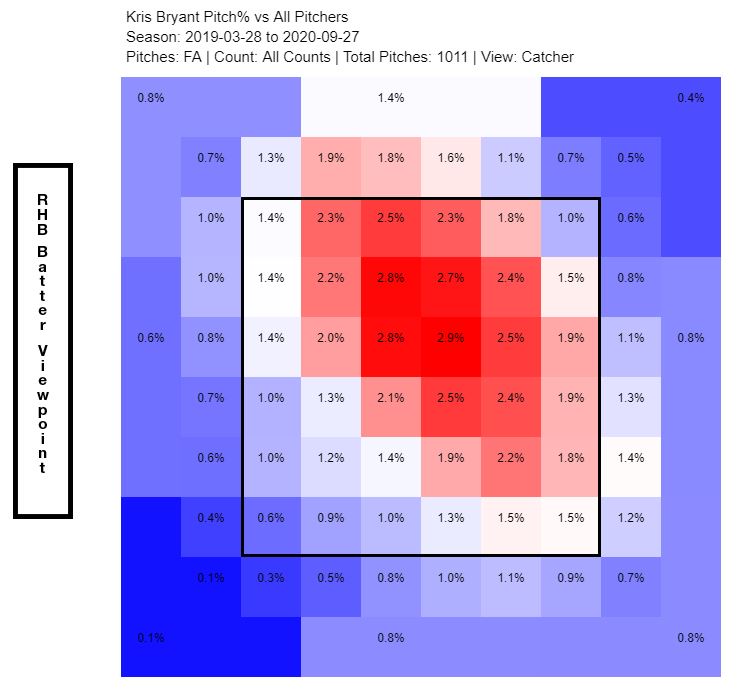Changing the Role of Changing the Rules
George Carlin once said, “Inside every cynical person, there is a disappointed idealist.”
I’m reminded of this quote whenever a new rule change is proposed or implemented in baseball and is largely (and predictably) followed by outrage from outspoken purists. Of course, we all know that rule changes themselves are nothing new; it’s been about a century since the ball was first brought to life and decades since the mound was lowered, both changes that were met with contemporaneous skepticism of their own.
Some of the rule changes being proposed and implemented in the sport today address similar aspects of the game as those of yesteryear, namely, counteracting pitchers’ dominance and steering the sport away from a subsequent three-true-outcomes landscape. But another seeming motivation behind MLB’s tinkering these days is simply to shorten the length of games – a hard sell to those of us who would prefer more baseball to less. Unsurprisingly, what was once generally a skeptical public reception has morphed into one that is much more cynical. But what idealism could that cynicism be masking?
A baseball idealist would likely regard rule changes as a last resort, drastic measures made necessary by desperate times. Perhaps the disconnect between baseball fans and MLB simply comes down to a disagreement about whether or not the current climate constitutes times desperate enough for such drastic measures. Seeing as how MLB has already proven its willingness to toy with these types of changes, though, there seems little point in rehashing the merits of tinkering. And there is potential afforded by an openness to change, potential that has been largely overlooked and is therefore untapped. Given the likelihood that rule changes will continue to be considered and implemented in baseball, it’s my belief that these changes should be viewed by MLB as a mechanism to allow greater access to, and inclusion within, the sport. Read the rest of this entry »




